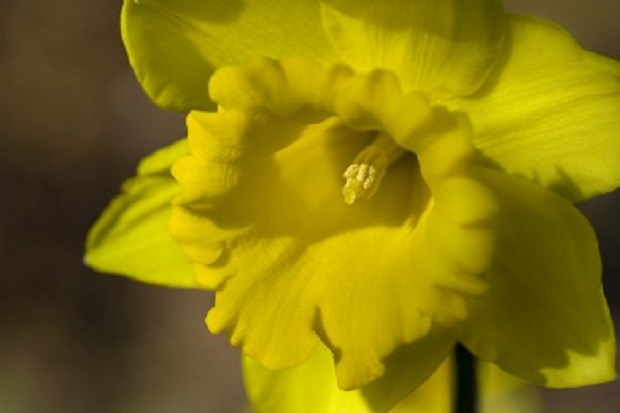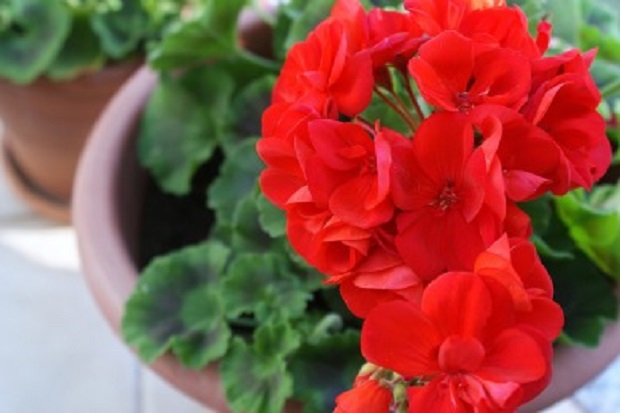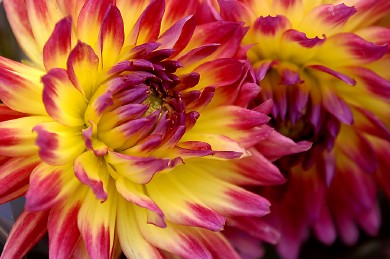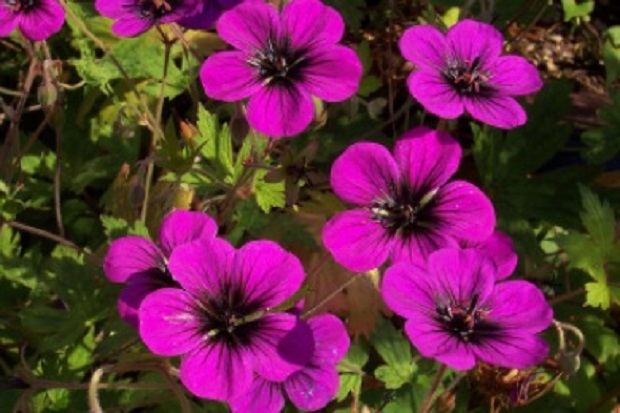
How to Propagate Daffodils
Gardeners may wonder how to propagate daffodils, as the flowers can spread by two different mechanisms. The first way that daffodils reproduce is known as sexual reproduction, and it occurs when pollen from one flower reaches another, prompting the production of seeds. The second process is known as asexual cloning, and it involves the division of the plant’s bulb, creating multiple plants.
Seed Propagation
A daffodil produced from seed is the offspring of two separate plants and contains genetic material from each parent. When pollination occurs naturally, the results can be unpredictable. Daffodil hybridizers direct this process by brushing pollen from one blooming plant onto another, creating new cultivars. The main drawback to seed propagation is the length of time required for the seed to mature into a flowering plant; it takes about five years to complete the process.
Offset Propagation
As part of their annual growing cycle, daffodils naturally develop small bulblets, which grow from the parent bulb. These bulblets develop during the summer after the spring blooming season has concluded. Allowing the daffodil’s foliage to continue to grow during the summer will allow the plant to harvest moisture and sunlight to build up its bulblets. After two years of growth, the bulblets can be removed from the parent and replanted independently.
Propagation by Manual Scoring or Sectioning
To propagate daffodils more rapidly, the parent bulbs may be scored or sectioned manually at the end of the growing season. Make two perpendicular cuts through the bulb’s basal plate with a sharp knife to score a bulb. Then, let the bulb sit in a warm, dark, humid place for a few months in order to allow bulblets to form. To section the bulb, cut it into several pieces as if you are slicing a pie, then store the pieces until fall. Scored and sectioned bulbs may be treated with fungicide to prevent disease.





